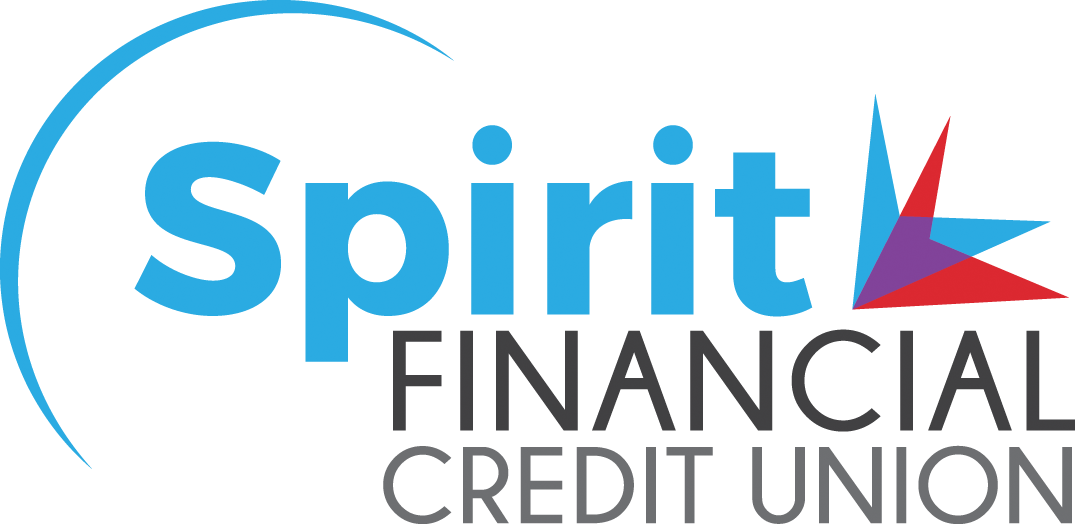Breast Cancer Detection & Awareness
October is the month to think pink….
and raise awareness about the importance of the early detection of breast cancer. According to the American Cancer Society (ACS), breast cancer is the second most common cancer that women may face in their lifetime, second only to skin cancer. The average risk of a woman in the U.S. of developing breast cancer sometime in her life is about 12%. No matter who you are, chances are that breast cancer has somehow touched your life. We all know someone who has either survived or is currently battling the disease, whether it’s a friend, family member or another loved one. That’s why it’s so important for us to spread the word about early detection and supporting organizations that are helping in the fight. After all, it’s so personal for many of us. Advances in treatment over the years have led to improved chances of surviving breast cancer. That’s exactly why detecting and treating breast cancer early is key to a successful outcome. It’s important for you to know the signs and the risks.
Possible warning signs of breast cancer
· A new lump or mass in the breast or underarm
· Thickening or swelling of part of the breast
· Irritation or dimpling of breast skin
· Redness or flaky skin in the nipple area or the breast
· Pulling in of the nipple or pain in the nipple area
· Nipple discharge (other than breast milk)
· Any change in the size or shape of the breast
· Pain in any area of the breast
Don’t panic if you have any of these symptoms, as they could be caused by something other than cancer. If you do have any of them, you should immediately contact your physician so the cause can be determined. It’s very important to remember that many women with breast cancer have no symptoms, so cancer screening is extremely important. Regular mammograms can help detect breast cancer at an early stage, so be sure to visit your doctor each year for a clinical breast exam and have your regularly scheduled mammograms. It’s also important to remember that mammograms do not detect every breast cancer, so you will also need to do self-exams and be aware of changes in your breasts to better protect yourself as well. Encourage your friends and loved ones to be vigilant with self-exams and screening as well.
Risk factors of breast cancer
Simply being a woman is the biggest risk factor for developing breast factor. Your risk increases as you get older. About two of three invasive breast cancers are found in women 55 or older. A family history of breast factor can also increase your risk. Using hormone replacement therapy (HRT) has been linked to breast cancer as well. If your doctor prescribes HRT, be sure to discuss the risk. Finally, as we know from extensive research over the years, smoking is linked to many diseases and is linked to a higher risk of breast cancer as well.
Reducing your risk of breast cancer
Although many risk factors are beyond your control, there are few risk factors that you can definitely control and may lower your risk. They include:
· Maintaining a healthy weight
· Exercising regularly
· Limiting or avoid alcohol
Keeping a healthy lifestyle throughout your life will not only lower your risk of developing cancer, but it will also improve your chances of surviving cancer if it occurs.
Although 1 in 8 women in the U.S. will be diagnosed with breast cancer in her lifetime, it’s important to remember that there are more than 3.1 million breast cancer survivors in the U.S. The chance of surviving breast cancer when detected early, before it has had a chance to spread, is very high. Breast cancer awareness is the first step in the fight. Help spread the word.
Looking for more information on breast cancer? Here are some helpful sites:
National Breast Cancer Foundation
Follow Spirit Financial Credit Union on Facebook & Instagram and watch our blog for more articles and helpful tips.


